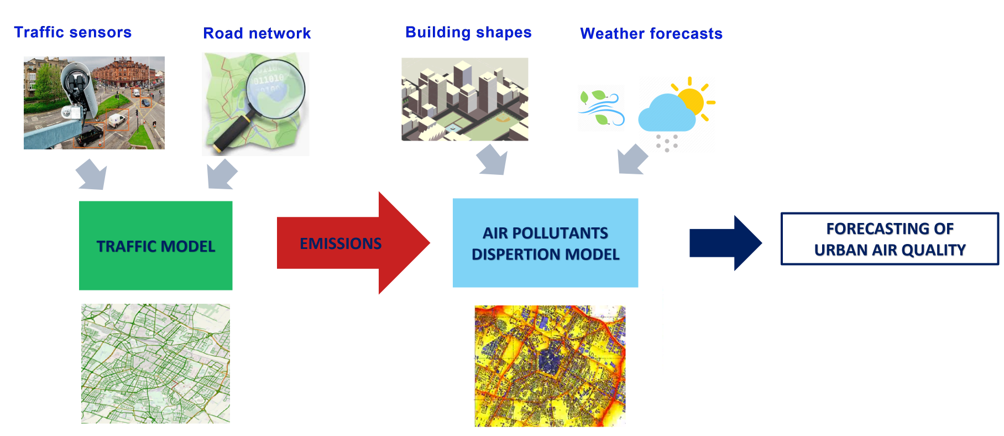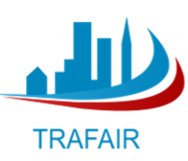Smart Cities – the TRAFAIR project
Smart Cities – the TRAFAIR project
Air pollution causes 400,000 deaths per year, making it the first environmental cause of premature death in Europe. Among the main sources of air pollution in Europe, there are road traffic, domestic heating, and industrial combustion. Nowadays, the situation is particularly critical in some member states of Europe. In February 2017, the European Commission warned five countries, among which Spain and Italy, of continued air pollution breaches. These countries fail to address repeated breaches of air pollution limits for nitrogen dioxide (NO2) whose most emissions result from road traffic.
In this context, public administrations and citizens suffer from the lack of comprehensive and fast tools to estimate the level of pollution on an urban scale resulting from varying traffic flow conditions that would allow optimizing control strategies and increase air quality awareness.
TRAFAIR raises awareness among citizens and public administrations about the air quality within an urban environment and the pollution caused by traffic.
The project aims at monitoring air quality by using sensors in 6 cities and making air quality predictions thanks to simulation models.
GOALS
The two main goals of the project are:
- monitoring urban air quality by using sensors in 6 European cities: Zaragoza (600,000 inhabitants), Florence (382,000), Modena (185,000), Livorno (160,000), Santiago de Compostela (95,000) and Pisa (90,000);
- making urban air quality predictions thanks to simulation models based on weather forecasts and traffic flows.
Monitoring air quality means to set up a network of low-cost sensors spread within the city to monitor levels of pollutions in areas that are not covered by the legal air quality stations.

Predicting urban air quality is possible thanks to a chain of simulation models. The traffic flows are simulated from the real measurements supplied by traffic sensors, then the emissions are calculated by taking into account the vehicle fleet in the city. Finally, the air quality predictions are calculated using an air pollution dispersion model taking into account the emissions, building shapes, and weather forecast.

The project is implemented in collaboration with the LARMA team of the “Enzo Ferrari” Engineering Department
DBGroup members involved in the project are:
- Laura Po , Project Leader
- Francesco Guerra, ICT Expert
- Alberto Corni, ICT Expert
- Maurizio Vincini, ICT Expert
- Domenico Beneventano, ICT Expert
- Federica Rollo, PhD student – ICT profile, Task Leader
- Chiara Bachechi, Research Fellow – ICT profile, Task Leader
- Federico Desimoni, Research Fellow – ICT profile
More information available on the project webpage: www.trafair.eu
Categorie: Research, Projects


